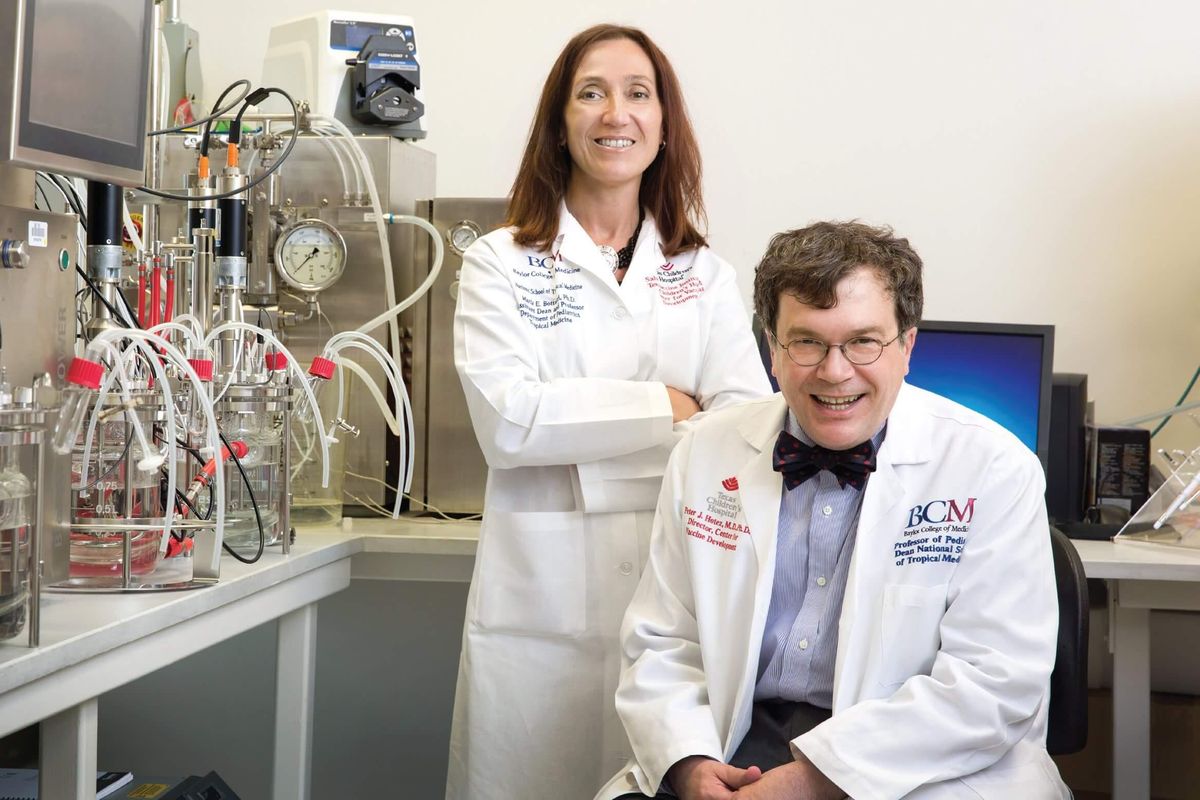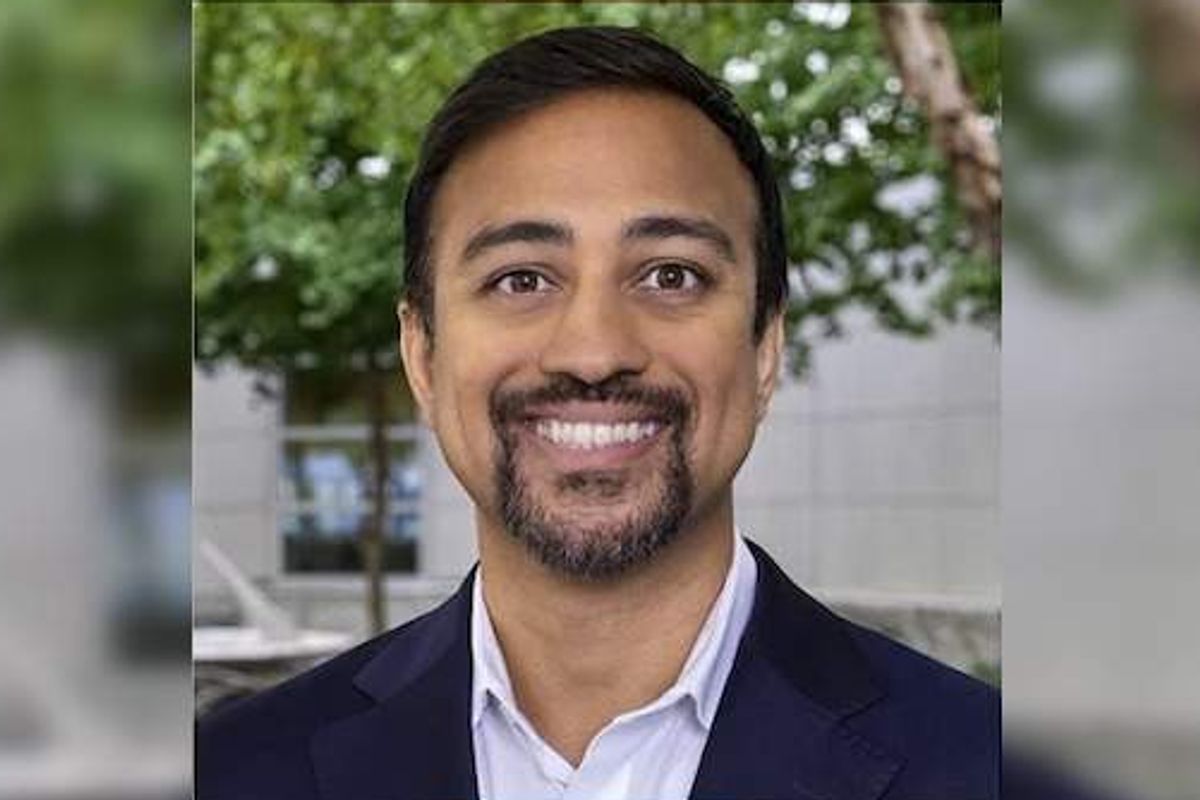Houston space health organization announces new diversity-focused grant recipients
diversifying space
A local organization announced two newly funded partnerships to advance research and innovation within space health.
The Translational Research Institute for Space Health, or TRISH, at Baylor College of Medicine has announced — along with partner organizations Caltech and the Massachusetts Institute of Technology — $300,000 in funding for teams at Texas State University and the University of Florida.
The two schools have been named awardees of TRISH’s Diversity Partnership Solicitation Program that was founded to support TRISH’s ongoing commitment to increasing engagement from underrepresented groups in the field of space health research.
“We go to space to improve life everywhere, and we must do so representing everyone,” says Dr. Asha S. Collins, chair of TRISH’s Diversity Advisory Board, in a news release. “The members of TRISH’s Diversity Advisory Board helped select two strong partners through our Diversity Partnership Program, and their work will move us closer to achieving that reality for the future of space exploration for all.”
The two projects that were selected for the program include:
- B-SURE: Boosting Spaceflight Underrepresented Researcher Equity:
- Principal Investigator: Dr. Rachael Seidler, University of Florida
- Co-Investigators: Drs. Josephine Allen and Christine Wegner, University of Florida; Dr. Ana Diaz Artiles, Texas A&M University.
- Dr. Rachael Seidler and her University of Florida team is partnered with Texas A&M University to survey the field and build a database of underrepresented researchers interested in pursuing space health research and a second database of leaders in this field open to new collaborators and mentorship.
- Lyndon B. Johnson Institute for STEM Education and Research Space Health Inclusion Partnership
- Principal Investigator: Dr. Kristina Collins, Texas State University
- Co-Investigators and Collaborators: Drs. Leslie Huling, Barbie Buckner and Sara Torres, Deepika Sangam, Texas State University.
- Dr. Collins and her team will use Texas State's existing virtual education tools to launch a set of novel space health content with digital badges and certifications.
Each of the projects were selected for "their innovative means of facilitating underrepresented researcher engagement," per the news release. Both teams will establish a cohort of underrepresented researchers dedicated to innovating future applications for space health research funding.
TRISH is funded by NASA’s Human Research Program and seeks both early stage and translation-ready research and technology to protect and improve the health and performance of space explorers. Last month, TRISH released a free-to-watch documentary on space health.




















